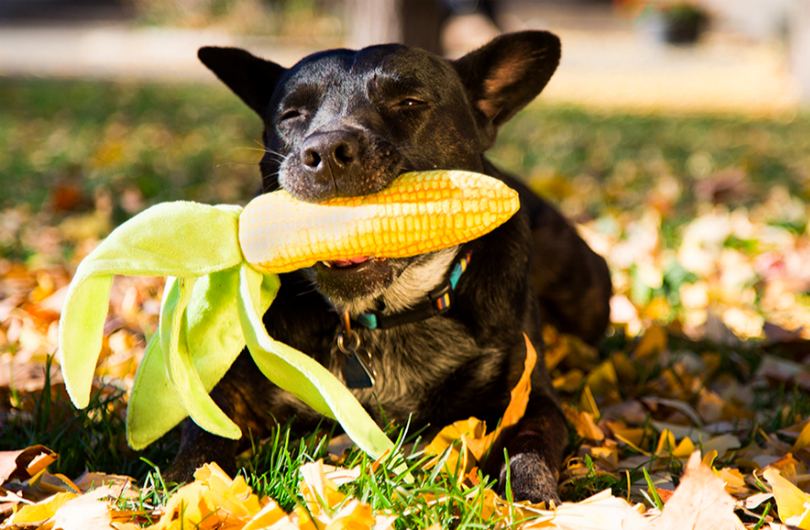It might be the oldest game between human and dog: you toss a stick and let your buddy fetch it for you. Life doesn’t get much simpler than these pleasant moments together. Sadly, there are times this peaceful, easy game can go very wrong. And after a series of unfortunate accidents, concerned veterinarians want dog owners to know the risks of playing with sticks.
Consider Maya, the Collie in Scotland who had to go through an emergency surgery to remove a four-inch long stick that pierced her tongue and damaged her larynx.
The veterinary blog Pet Doctors observed “an alarming number of “stick injuries” coming into our clinics,” with effects ranging from cuts and bruises to serious throat damage.


Grace Webster, president of the British Veterinary Association in Scotland, spoke out on the issue:
“Throwing sticks for your dog can be dangerous and lead to horrific injuries that can be very distressing for both you and your dog, such as causing cuts to their mouths and tongues or, as in this case, getting the stick lodged in their throat. Even when the initial wound is treated, splinters of wood have often got stuck and require subsequent operations.”


You might take this with a grain of salt, or find that your first reaction is skepticism, like it was for British celeb Ben Fogle:
We've been warned not to throw sticks for our dogs to prevent injury? I've thrown sticks for 35 yrs without a problem. Have sticks changed?
— Ben Fogle (@Benfogle) January 20, 2016
But we’re not asking you to be scared, and nobody’s trying to nanny anybody. Bottom line is, whenever our dogs are hurting, it’s useful to know the facts, and to ask what we can do differently.


These injuries, after all, are freak injuries, usually the result of the stick getting stuck in the ground and the dog making an overeager pounce. But the potential for bad outcomes is problematic: the sticks can shatter and splinter in your dog’s soft tissues, causing lingering injuries to the mouth, chest or abdomen.
Playing with sticks could also encourage dogs to chew on them, which seems pretty innocuous, except for the splinters they may swallow and the infections that could result.


Sean Wensley, president of the British Veterinary Association, backed up Webster’s concerns. “We don’t want people to stop owners from playing and exercising with their dogs. We just want them to know they can protect their pets by using safe dog toys.”


Call me biased, but I can certainly think of some fun places to pick up some safe dog toys. And regardless of where you turn for an alternative, we can all hope for the continued health, well being, and happiness of our favorite furry buddies.






